- Call us: 01444 237070
- Contact Us
- Stores
- Sign In / Register
-
- Back
- Used Cameras
- Used Accessories
- Used Lenses
- Used Video
- Used Film Equipment
- Used Stock Alert
- Used Blank Test
- Sell or Part Exchange
- Used Clearance
- Recently Added Used Equipment
- Park Picks
- All Used Black Friday Deals
- Faulty
- Trade-In
- Blog
- New in
- Call us
- Contact us
- Stores
- Sign in
- Categories
- Tips & Inspiration
- Reviews
- News
- Events
- Features
- Buying Guides
- Competitions
Leica Noctilux M 50mm f1.2 Lens Feature
January 2021 saw the release of the reinvented Leica Noctilux-M 50mm f/1.2 ASPH lens which originally heralds all the way back to 1966. The modern day lens has been updated with the new technology available to Leica, but stays true to the original model which has gained legendary status. Our post takes a look at the history of the lens and reviews why it is such a masterpiece, as well as what it delivers and who can get the most from this exquisite offering.
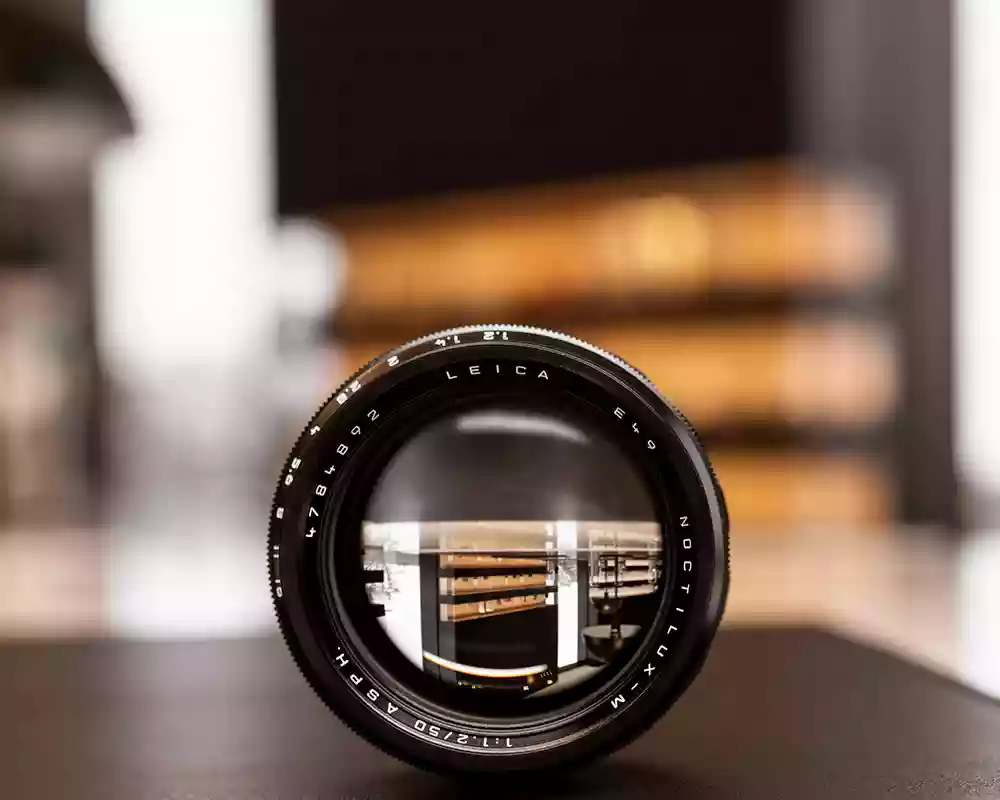
1966 when it all began
In 1966 when Leica first showed off the Noctilux-M 50mm at Photokina, photographers and press were suitably impressed at the ground breaking new model. It provided the word’s fastest aperture for any aspherical lens with a bright f/1.2 allowing users to gather light where other lenses simply couldn’t. Lens manufactures are always following the pursuit of optical perfection so that their photographers can gain a unique advantage. With this in mind the two aspherical elements which Leica included in the Noctilux-M 50 were not only an innovation, but delivered on that pursuit. ASPH or aspherical optics serve to reduce spherical aberration (even when wide open) and increase the quality of the image captured. Leica’s optical engineers and manufacturers worked relentlessly to be able to provide two such elements within the lens design.
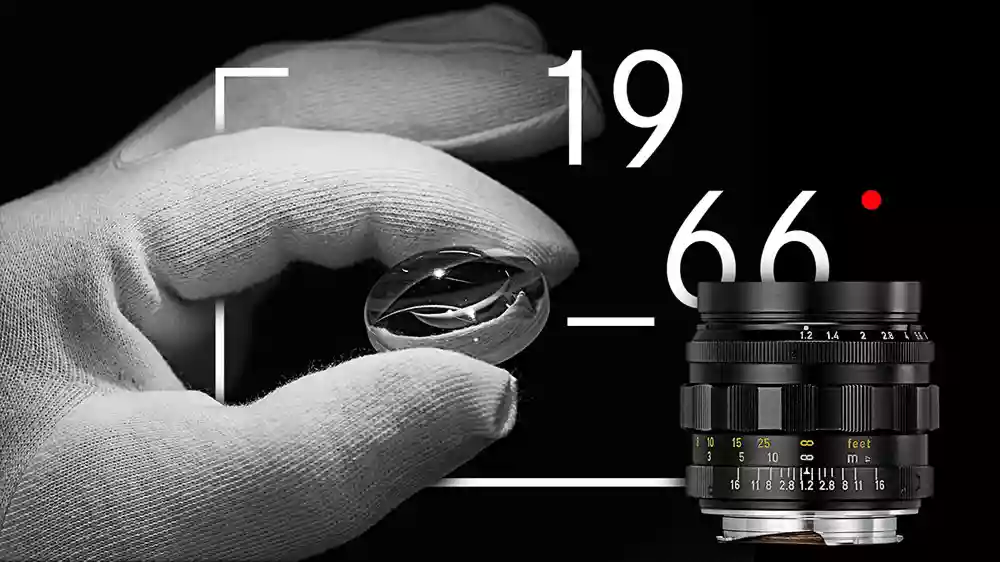
Manufacturing processes of that era required numerous polishes, re-polishes and even hand finishing of the aspherical elements. This resulted in a time consuming but optically brilliant offering with extremely high quality results, the likes of which had never been seen before.
What qualities does the lens deliver?
With photographers from the 1960’s working exclusively on film, the advantage of such a fast aperture was perhaps even more beneficial than it is today. Film processing can be manipulated of course, but not in the same way as digital post processing, which is readily available to us now. The bright aperture does however provide the same benefit by allowing photographers to gain a new-found ability to work during extremely low light conditions. This of course appealed to a wide range of users at the time of release as it does now, which includes press and documentary photographers as well as portrait and event photographers. Even as a walk-around general purpose 50mm standard option the advantages are endlessly abundant. The name itself ‘Noctilux’ means ‘night and light’ in Latin and photographers gain a new way to gather light even at nighttime with the Noctilux-M 50.

Sample image 1: Camera: Leica M10-R. Focal length: 50mm. Exposure: 1/3000. f/4. ISO 100
The f/1.2 aperture is also able to isolate subjects in an almost three dimensional way, floating against a soft out of focus background. This style of subject isolation with near perfect smooth bokeh helped gain the legendary status bestowed on the original Noctilux-M and the new model continues to deliver similar qualities. With the addition of two ASPH elements, images retain clarity and sharpness where others might fall short, particularly when working in low light. Colour is rendered with subtle expressions which are so typical of Leica lenses, giving them that elusive ‘Leica look’ which users will rave about.

Sample 2: Camera: Leica M10-R. Focal length: 50mm. Exposure: 1/1500. f/1.2. ISO 100
Which Leica systems work with the Noctilux-M 50?
The Noctilux-M 50 f/1.2 is designed as a native M series rangefinder lens, but can also be used on SL system cameras with the M-ADAPTER L. This provides users across Leica systems with access to this new optical iteration, along with all of the benefits it provides. A 6-bit coding in the M to L adapter maintains all camera functions including exposure metering, automatic aperture priority exposure, and manual settings. With recent releases of cameras such as the Leica SL2-S photographers and videographers can access the incredibly rewarding optics which the company designs today and feels perfectly balanced on these bodies.
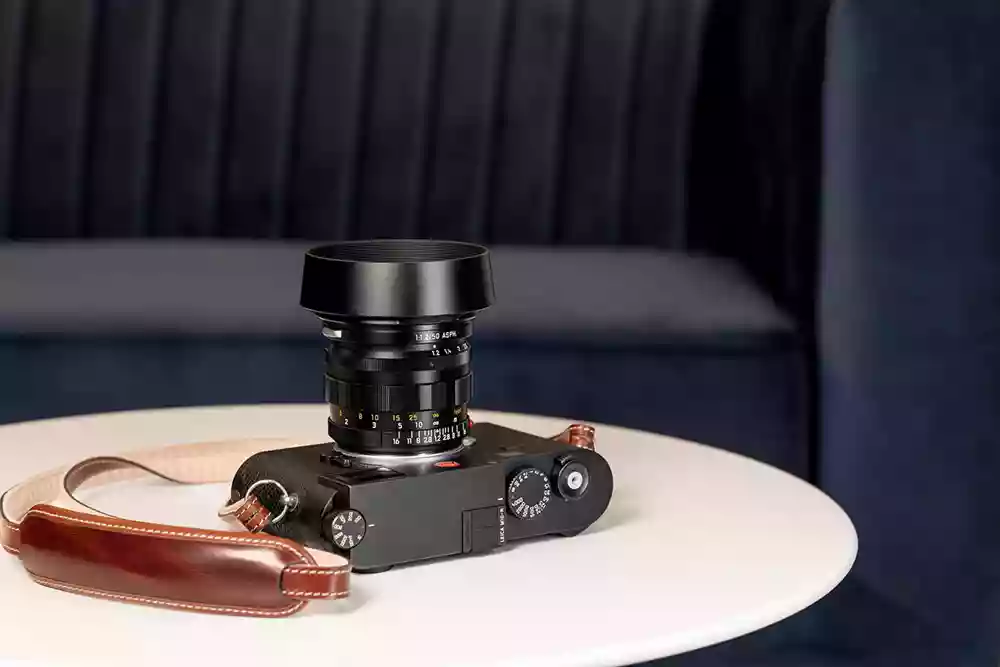
With the demands of high resolution sensors found in newer Leica cameras throughout their ranges, the Noctilux-M is required to perform at its’ best by providing extremely high resolving power. The devil is in the detail as we regularly see around 40 megapixel sensors on camera bodies such as the M10-R and even 47MP found in the high resolution SL2 camera. Images from the lens maintain pace with these newer sensors perfectly, providing rich, high contrast results throughout, as well as infinitesimal details which these sensors are capable of capturing. Pixel peeping is perhaps not what Leica users are known for, but those who enjoy zooming in to scrutinise their files will relish the detail the lens is capable of recording.
Of course this is not where users will benefit most from the Noctilux-M range of optics, but it is rather the unmistakable look their images provide. Combine unique images with ease of use and the sheer joy of being part of such a rich heritage, and lucky users will never look back.
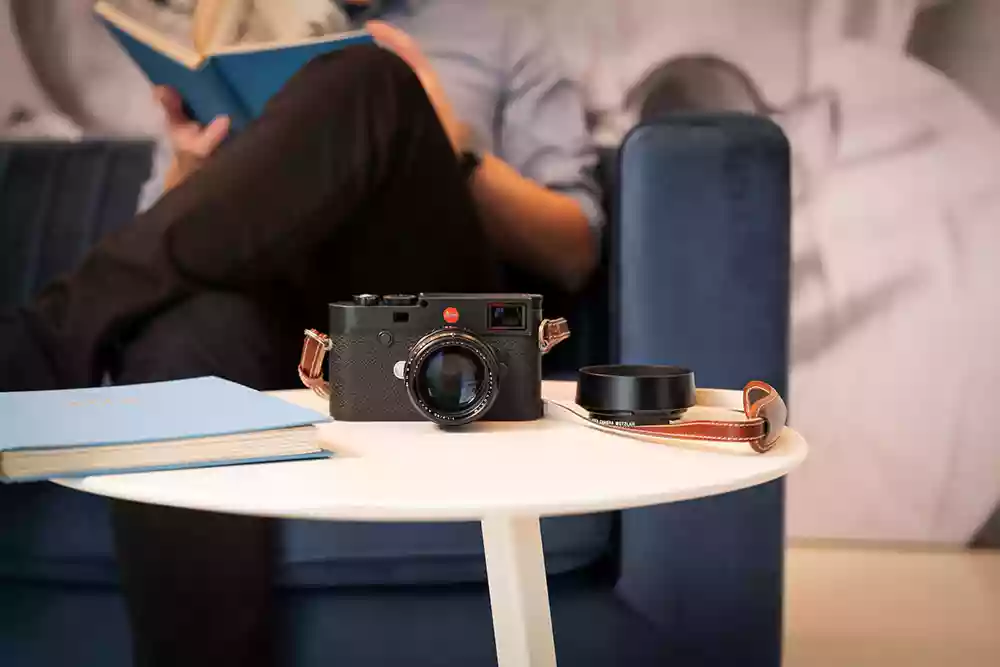
Leica has gone to great lengths to retain not only superb optical qualities, but also historical accuracy and a sense of belonging to a rich history for owners of the new model. The accompaniment of a unique glass storage container arrives together with the optic. This protects the glass within glass when not in use and also bestows owners with the same display storage which the original came with, making quite the centrepiece for any lens collection.
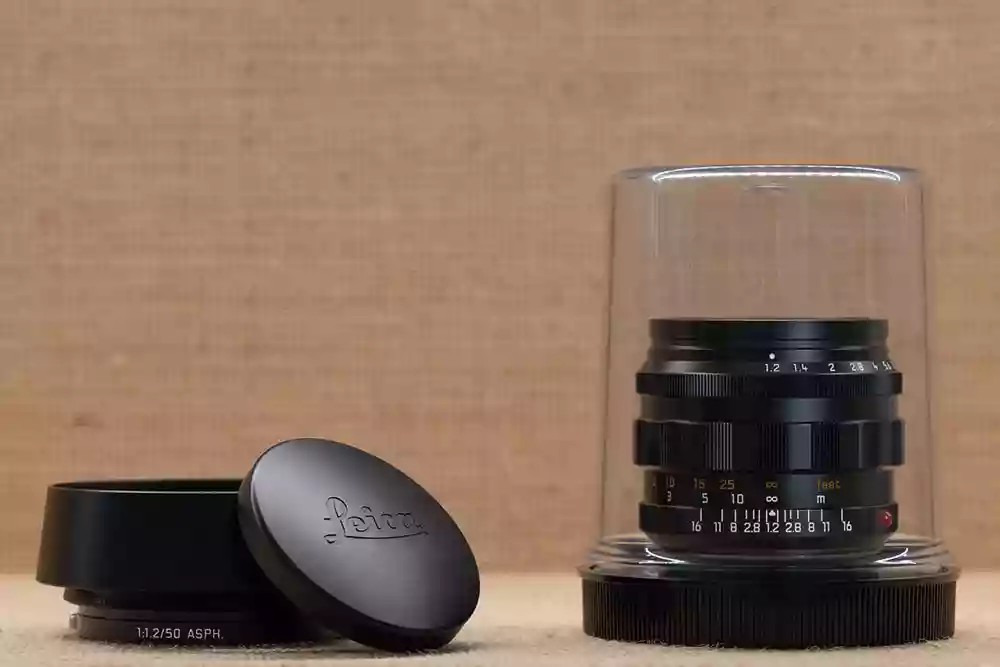
Whichever compatible Leica camera users might employ, the Noctilux-M 50 f/1.2 is nothing short of a joy to use. At the time of writing our photography stores are closed due to Covid lockdown, however when they re-open we welcome customers to come and admire this optic in-person and get a feel for the quality which it presents first hand.
Park Cameras are huge Leica fans and have a number of blog posts which may be of interest to readers. These include:
With advanced movie capabilities and a new 24 megapixel CMOS-BSI sensor there’s a lot to like about the SL2-S.
With 13EV stops of dynamic range and 47.3 megapixels the new black and white Q2 warranted an in-depth look.
This post provides sample images and detailed specifications from the highly desirable M10-R.
Share this post:
By Nick Dautlich on 09/02/2021
Nick Dautlich
Senior Content Writer and Product Reviewer
Nick Dautlich is the Senior Content Writer and Product Reviewer at Park Cameras, with over 15 years of photography experience. A Sony Imaging Professional and expert reviewer, Nick has worked with major brands such as Canon, Sony and Nikon. His work is also featured on Vanguard World UK’s website, Capture Landscapes, and Shutter Evolve. Nick’s photography includes National Trust projects and magazine covers and he is passionate about landscapes and storytelling. Nick also enjoys hiking and teaching his children about nature. Learn more on his profile page.

Trade in your old equipment
Fast and easy trade in service ensures your old gear is collected efficiently and you are paid quickly! It's very simple to trade in your unwanted photography gear. Just head over to our dedicated Sell or Part Exchange page, fill out the details, and we'll get back to you with an offer for your old gear. Take the cash, or put it towards the cost of your new gear. It's up to you! Find out more
sign up to the newsletter
Keep up to date on the latest photography news, events and offers. Sign up now
